
 Instagram
Instagram
How long after starting HRT do you feel a difference?
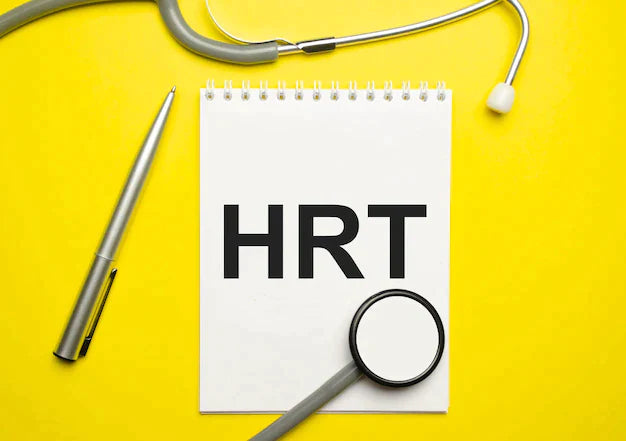
Related products
What’s covered?

What is HRT?
Hormone Replacement Therapy (HRT) is a therapy that contains female hormones.
As your body stops producing oestrogen during menopause, you take the prescription to replace it. Common menopausal symptoms like hot flashes and vaginal discomfort are most frequently treated with hormone therapy.
In postmenopausal women, hormone therapy has also been shown to minimise fractures and stop bone loss.
The use of hormone therapy is not without risk, though. The type of hormone therapy, the dosage, the duration of treatment, and your health risks all affect these hazards. For best success, hormone therapy should be customised for each patient and periodically re-evaluated to ensure that the advantages still exceed the disadvantages.
Basic types of hormone therapies:
The main goal of hormone replacement treatment is to replenish the oestrogen that your body no longer produces after menopause. The two main forms of oestrogen therapy are as follows:
Systemic Form
A larger amount of oestrogen is often present in systemic oestrogen form, which can be taken as a tablet, skin patch, ring, gel, cream, or spray and is absorbed throughout the body. It can be used to treat any of the typical menopause symptoms.
Vaginal preparations — available as vaginal creams, pill, or ring – reduce the body's absorption of oestrogen. Due to this, low-dose vaginal treatments are often solely used to treat menopausal symptoms of the vaginal and urinary systems.
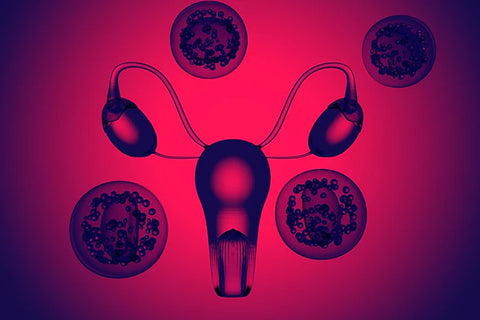
Benefits of HRT:
The primary advantage of HRT is that it can relieve symptoms of menopause, including:
1. Night sweats and hot flushes
2. Mood swings
3. Vulvar aridity
4. Less sex drive
Many of these symptoms go away after a few years, but they can be uncomfortable, and for many women, taking HRT might provide relief.
Additionally, it can aid in preventing osteoporosis, a bone-weakening condition that becomes more prevalent after menopause.
How long does HRT take to work?
It may be a challenging question to answer in many ways. It's unlikely that your hormones will suddenly feel balanced at a single moment of transition. Consider it more like the gradual onset of dawn or the lapping of the tide; it spreads until it is everywhere.
However, the process of recovery from the effects of hormonal imbalance and fluctuation is not nebulous, even though the timetable may be. It can be divided into three separate periods for the majority of people.
1. Preparation, Testing, and Diagnosis
2. Treatment Initiation
3. Ongoing Self-Care
You can identify the underlying cause of your symptoms and build a thorough game plan for the future by getting in touch with a practitioner who focuses on hormone health.
It's likely that once therapy starts, you'll want to start seeing benefits as quickly as possible. However, hormone replacement therapy is not a panacea. As a result, it can take some time to get your hormones back into their proper balance.
How we take care of ourselves daily affects our hormonal balance as well as our general health. Your immediate and long-term health can be protected by eating correctly, exercising frequently, getting enough sleep, and learning effective stress management techniques.
How to get started with HRT?
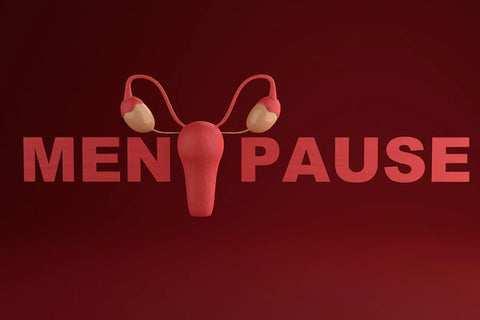
If you're interested in beginning HRT, talk to a doctor.
HRT can typically be started as soon as menopausal symptoms appear; testing is typically not required beforehand.
A GP can explain the various forms of HRT that are available and assist you in selecting one that is right for you.
Usually, you'll start with a modest dose, which may then be increased. The effects of the treatment might not become apparent for a few weeks, and there might be some adverse effects at first.
A doctor will typically advise trying the medication for three months to determine if it works. If it doesn't, they might advise adjusting your dosage or switching the kind of HRT you're using.
Who may use HRT?
If a woman is experiencing menopausal symptoms, she can typically get HRT.
But HRT might not be a good choice if you:
1. Have a history of womb, breast, or ovarian cancer
2. Possess a background of blood clots
3. Have untreated high blood pressure; to begin hormone replacement therapy, your blood pressure must be under control.
4. Have a liver condition
5. Pregnant woman - as it is still possible to become pregnant while taking HRT, you should utilise contraception up to two years following your last period, or for one year after the age of 50, whichever comes first.
When you can stop HRT?
Although there is no time limit on how long you can use HRT, ask your doctor how long they advise you to use it.
After a few years, after the menopausal symptoms have subsided, the majority of women discontinue using it.
Compared to women who never used HRT, those who use HRT for longer than a year have a greater chance of developing breast cancer. Except for vaginal oestrogen, all forms of HRT are associated with risk.
After stopping HRT, your elevated risk of breast cancer decreases but compared to women who have never taken HRT, some of your increased risks last longer than 10 years.
You have the option to end abruptly or gradually when you decide to do so.
It's typically advised to gradually reduce your HRT dosage because doing so will reduce the likelihood that your symptoms will return soon.
If you experience symptoms that last for several months after stopping HRT or if they are extremely severe, consult a doctor. HRT may have to be restarted.
Side effects of HRT:
HRT may result in side effects, just like other medications. However, they often disappear few months after treatment begins. If there is increased risks of negative effect stop HRT hormones.
Typical potential risks include:
- Stomach discomfort,
- Nausea,
- Indigestion,
- Headaches,
- Breast sensitivity,
- Vaginal dryness,
- Weight gain,
- Cardiovascular disease risk.
Your risk of breast cancer may rise if you use certain forms of HRT.
Most people agree that the advantages of HRT exceed the hazards. However, if you have any worries about using HRT, talk to your doctor.
To learn more about HRTs and other menopause treatments, read our information page here. Or to take a menopause blood test, order here.




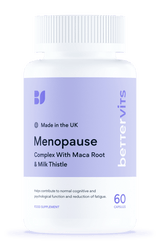



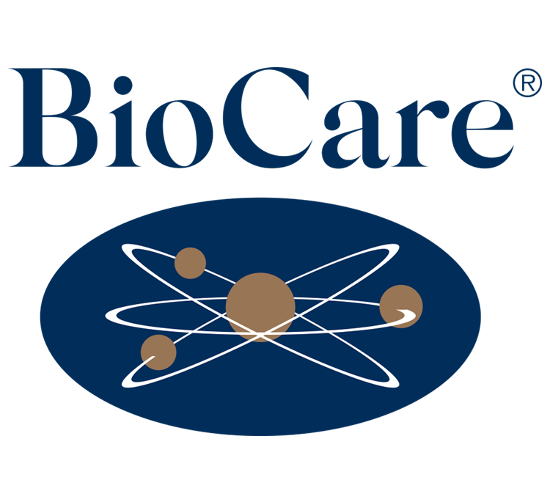



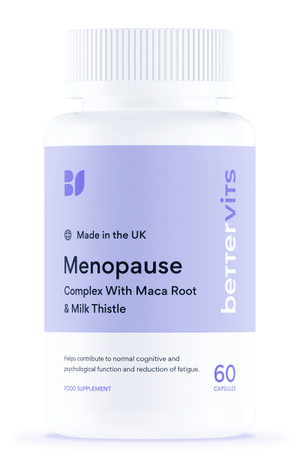

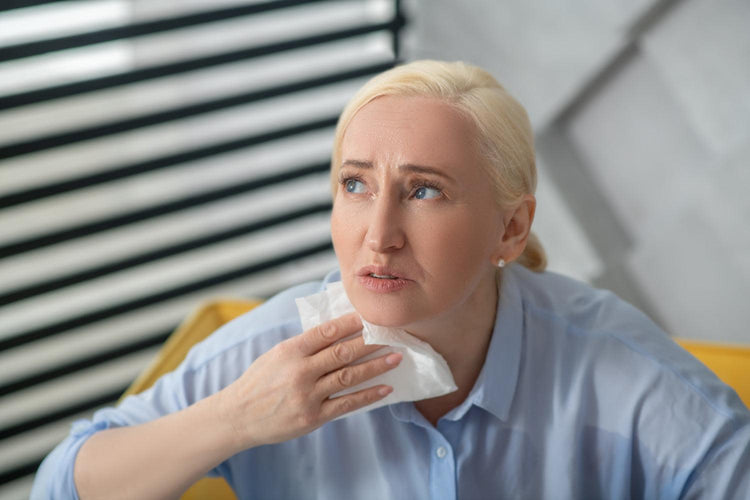


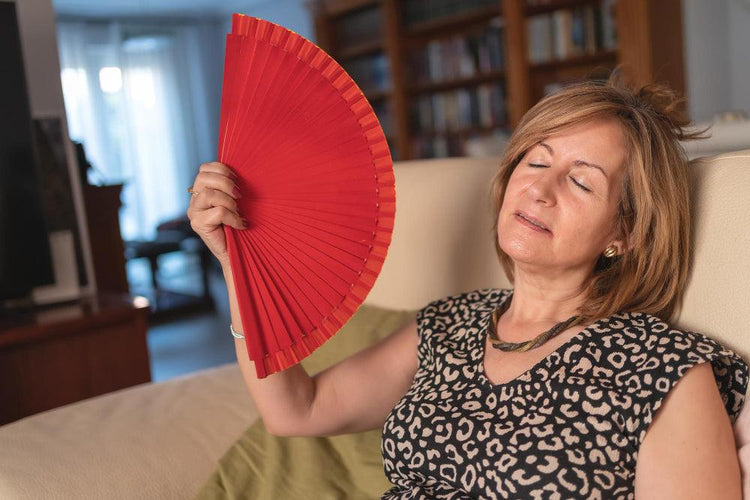

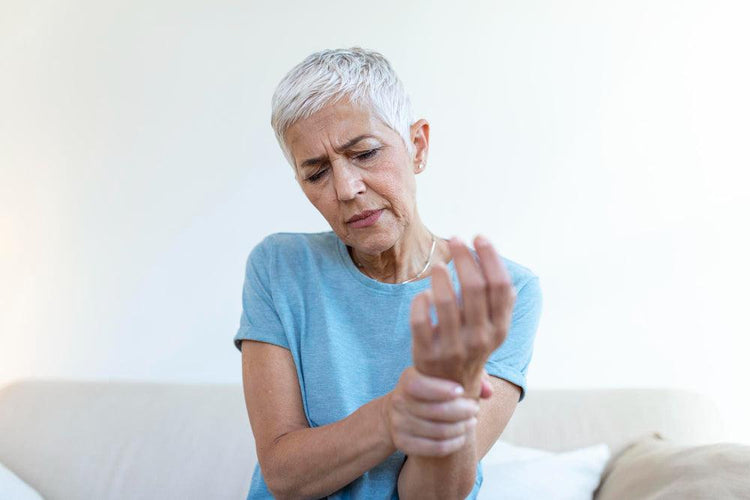
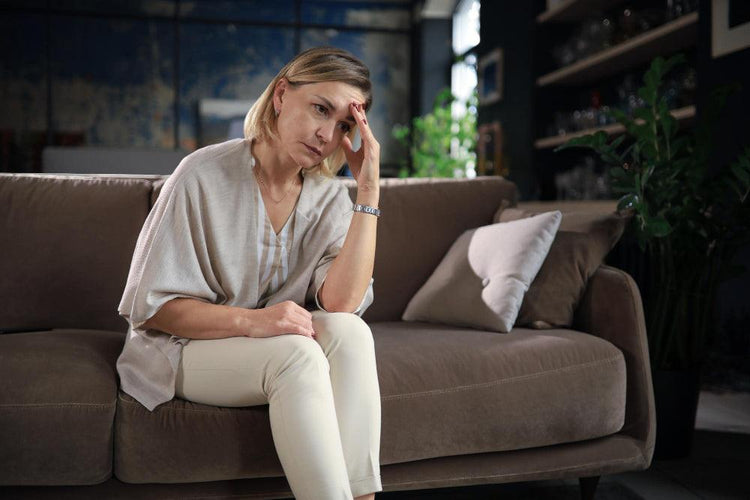

 Rated Excellent by 26,523+ Reviews
Rated Excellent by 26,523+ Reviews